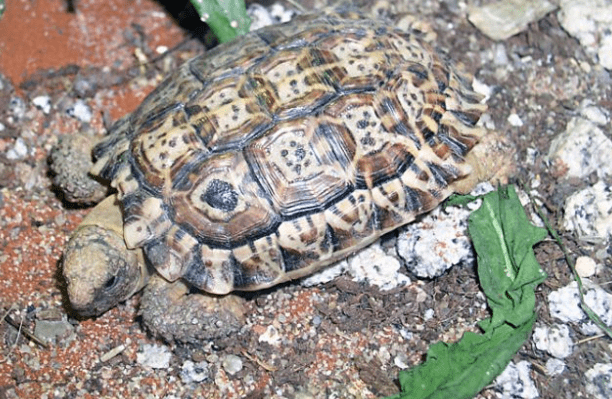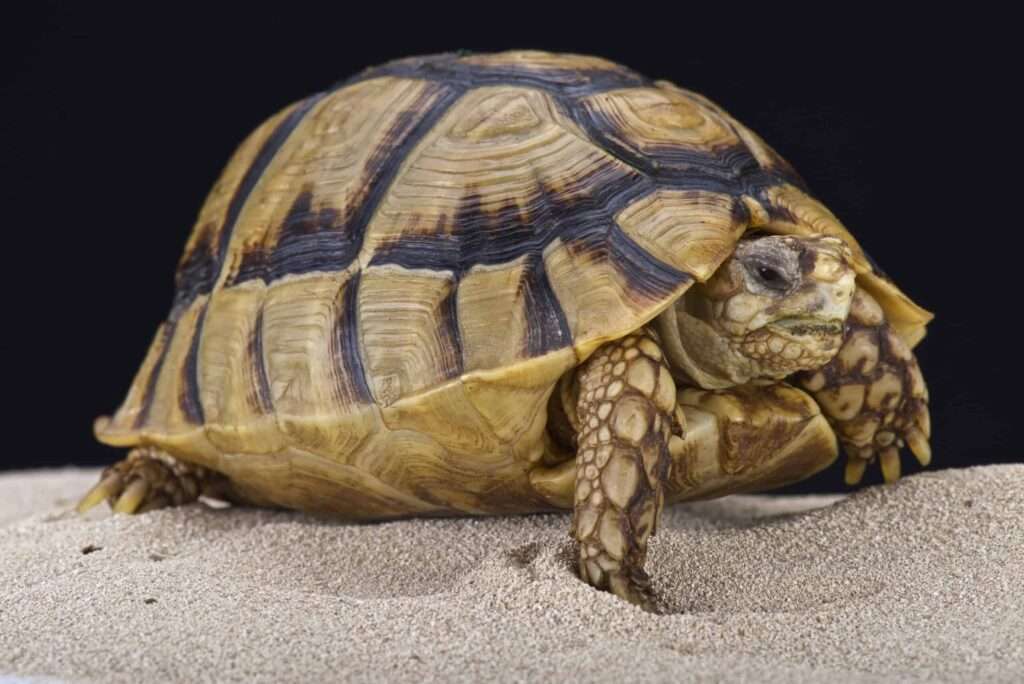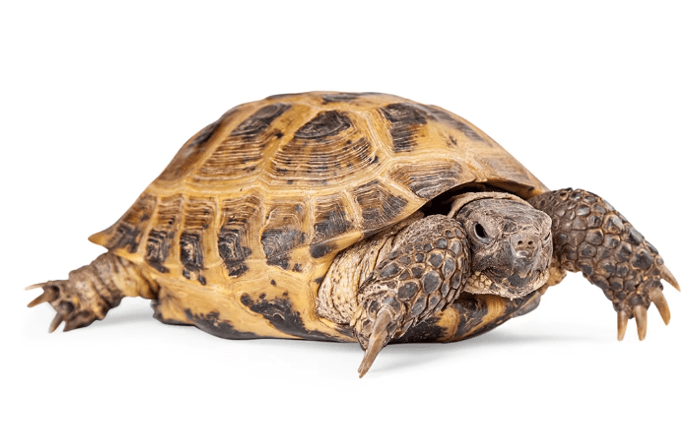
Description
The biggest living species of tortoise is the Galápagos tortoise (Chelonoidis niger). The shell of the Galápagos tortoise is extremely high-brown and pale green. It fuses seamlessly with its surroundings. When it gets too hot or senses danger, it may quickly retract its head, legs, and tail within its shell. It has an extremely large and bony shell. There are two different species of galápagos tortoises: the larger ones, named “domes,” have enormous, rounded shells and reside on the larger, wetter islands, while the smaller ones, dubbed “saddlebacks,” have shells that curl up in front like a saddle and inhabit the smaller, drier islands.
Habitat
Just six of the 1,000 km off the coast of Ecuador’s Ecuadorian islands, Isabela, Pinzon, Espanola, San Cristobal, Santa Cruz, and Santiago, are home to the Galápagos giant tortoise. The tortoises prefer to wallow in sunny places of muddy puddles. Some may be discovered resting beneath big cliff-hanging rocks. These animals frequently migrate to the cooler highlands during the hot, dry season and return to the lowlands during the wet, rainy season.

Behavior
Generally speaking, Galápagos tortoises spend a pleasant, relaxed life that revolves around eating, splashing around in puddles, or lounging in the sun. Being cold-blooded, like other reptiles, they enjoy soaking up the sun to help them warm up. To stay warm during chilly nights, they might sleep half buried in water, dirt, or bush. They stay cool during the day by wallowing in the mud. These tortoises have fairly predictable eating, sleeping, and nesting schedules. Within its range, a person might occasionally move, but they never go somewhere else. In the volcanic highlands, feeding excursions are so commonplace that hundreds of tortoises have dug out trails through the terrain. Because the tortoises always return in groups after swimming lazily in the lakes, their behavior is also a form of social organization. Nesting is another fairly frequent practice. Every year, females return to the same location to lay their eggs.
Keeping as Pet
An ideal temperature range for the Galapagos tortoise would be between 80 and 100 degrees Fahrenheit. Compared to the Aldabra tortoise, the Galapagos tortoise does not appear to be as cold-tolerant. Galapagos tortoises are opportunistic eaters and will eat a variety of things, including grasses, broad-leafed vegetables, fruits, brows, and carrion when it is there. Due to known thyroid difficulties that may be induced by iodine shortages brought on by feeding too much cabbage, cabbages should only be offered in very small amounts. Water should always be available. If there is enough room, a decent mud hole should be supplied for Galapagos tortoises since they appear to enjoy it. These tortoises have a lifespan of well over a century.
Table





